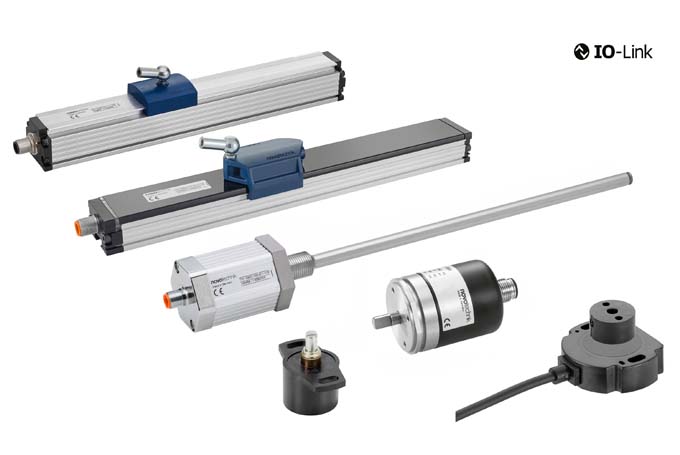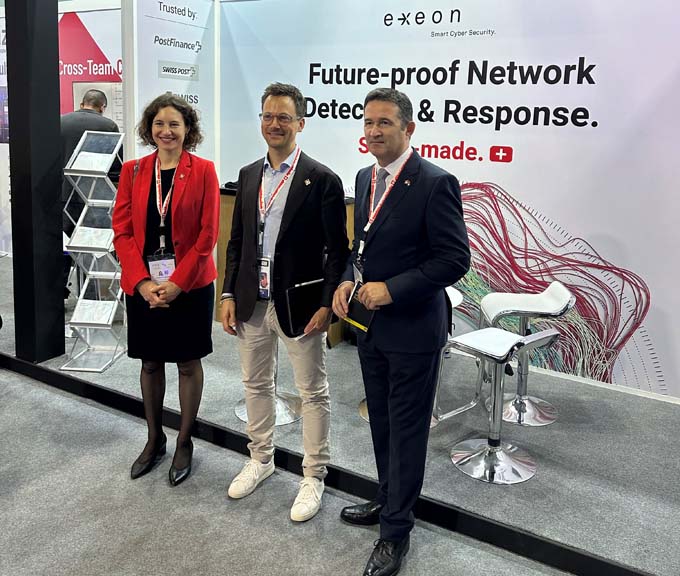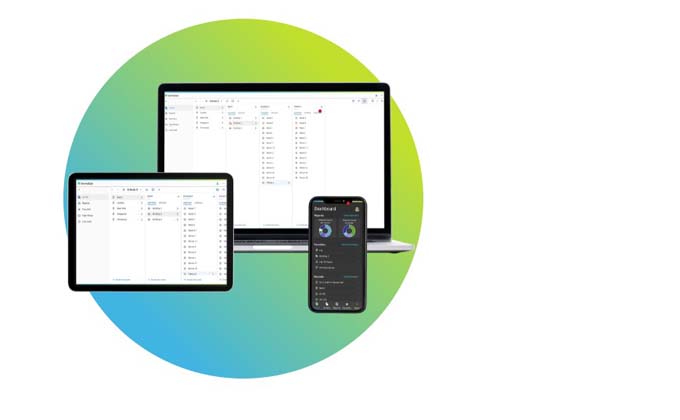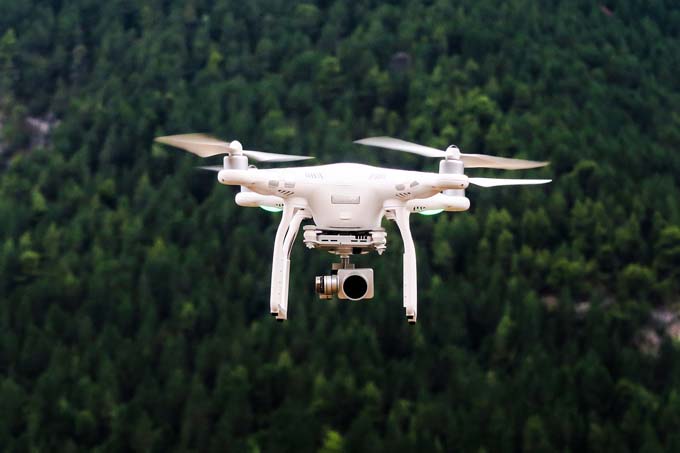Displacement and angle measurement technology for Industry 4.0
IO-Link interface makes IoT for sensors possible: The manufacturer Novotechnik presents a whole range of displacement and angle sensors equipped accordingly.

In the case of position sensors, the focus is on communication capability with regard to Industry 4.0, and IO-Link as the first IO technology certified worldwide for this purpose (IEC 61131-9) is a central topic. Thanks to it, the intelligence of the sensors can be used to the full extent for the automation network, which means a significant added benefit without additional costs. Novotechnik therefore has a whole range of displacement and angle sensors with IO-Link interface in its program. These include, for example, robust single-turn encoders of the RFC-4800 series, which have already proven themselves in many industrial and mobile applications, are compact, easy to install, and measure the angle of rotation over a full 360 degrees with a resolution of up to 14 bits. Other sensors with IO-Link include, for example, the absolute, magnetostrictive TH1 displacement transducer in rod form for direct integration in hydraulic cylinders, and the TP1 (magnetostrictive) and TF1 (inductive) displacement transducers in profile form. The latter is suitable for extremely fast positioning applications thanks to an update rate of 10 kHz. Since all these sensors operate without contact, their mechanical service life is virtually unlimited.

Automation technology and mechanical engineering can benefit equally from the position sensors with IO-Link interface (Fig. 2): During commissioning, the user can easily change parameters such as zero point or traverse direction, thus reducing the number of variants. In addition to pure position information, further information such as status or diagnostic messages and statistical data on operating time or environmental conditions (e.g. temperature) can also be exchanged. Errors in the control loop can be localized quickly because the setting parameters are stored centrally. A sensor can therefore also be replaced in a short time and easily re-parameterized. Installation is practical and the sensors can be easily integrated into Ethernet- or fieldbus-based communication networks. Condition monitoring and predictive maintenance concepts thus become feasible.









